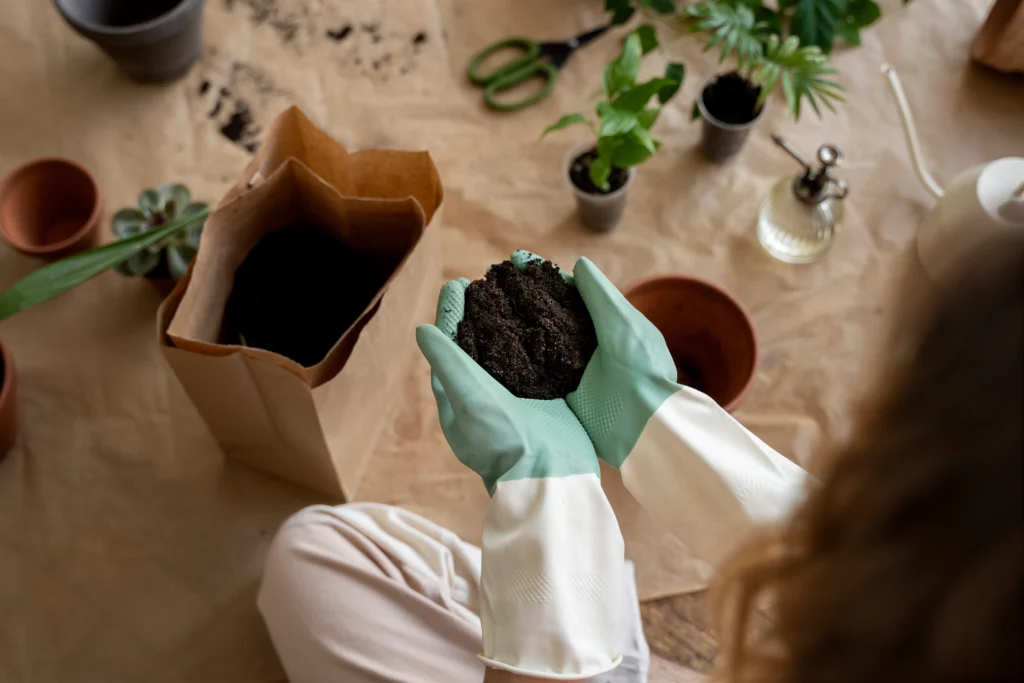Introduction
In today’s eco-conscious world, the need for sustainable alternatives to traditional plastics is more pressing than ever. Bioplastics, derived from natural, renewable sources, offer a greener option. You don’t need a lab to create bioplastics—making them at home is surprisingly easy. This guide will walk you through the process, providing detailed steps to create your own eco-friendly plastic using simple, readily available materials. Whether you’re an environmental enthusiast or just curious, this article will show you how to make bioplastic at home with ease.
Table of Contents
What is Bioplastic?
Bioplastic is a type of plastic made from biological substances rather than petroleum. Unlike conventional plastics, which are harmful to the environment, bioplastics are biodegradable and often compostable. They break down more easily in natural environments, reducing pollution and waste.
Why Make Bioplastic at Home?
- Eco-friendly: Making bioplastic at home reduces reliance on harmful plastics.
- Educational: It’s a great project for learning about chemistry and sustainability.
- Cost-effective: The materials required are inexpensive and easy to find.
Materials You’ll Need
To make bioplastic at home, you’ll need the following ingredients:
- Cornstarch (1 tablespoon)
- Distilled Water (1 cup)
- Glycerin (1 teaspoon) – Available at pharmacies or online.
- White Vinegar (1 tablespoon)
- Food Coloring (optional) – For adding color to your bioplastic.
- Non-stick Pan – To mix and heat your ingredients.
- Stove – For heating the mixture.
- Mold or Surface – To shape your bioplastic.
Step-by-Step Guide to Making Bioplastic
- Mix the Ingredients
- Start by adding 1 tablespoon of cornstarch into your non-stick pan.
- Slowly pour in 1 cup of distilled water, stirring continuously to avoid lumps.
- Add 1 teaspoon of glycerin. The amount of glycerin you use will determine the flexibility of your bioplastic—more glycerin creates a softer material.
- Add 1 tablespoon of white vinegar. Vinegar helps in the process of polymerization, making your bioplastic more stable.
- Heat the Mixture
- Place the pan on the stove over medium heat.
- Stir the mixture continuously as it heats up. You’ll notice it starting to thicken.
- As the mixture becomes more viscous and begins to gel, continue stirring to prevent burning.
- The mixture will turn translucent and take on a glossy appearance. This indicates that your bioplastic is ready.
- Add Color (Optional)
- If you want to add color, now is the time. Mix in a few drops of food coloring while the mixture is still hot. Stir thoroughly to ensure even distribution.
- Shape Your Bioplastic
- Once the mixture is fully cooked and evenly colored, pour it onto your mold or a flat, smooth surface.
- Spread the bioplastic evenly, shaping it as desired. You can create sheets, molds, or any other shapes depending on your project.
- Allow it to cool and solidify. This usually takes a few hours, depending on the thickness of your bioplastic.
- Let it Dry
- After the bioplastic has cooled and set, leave it in a well-ventilated area to dry completely. This process can take anywhere from 24 to 48 hours.
- Once dried, your bioplastic is ready to use! You can cut, mold, or shape it further depending on your needs.

Uses for Homemade Bioplastic
Homemade bioplastic has a variety of applications. You can use it to create eco-friendly packaging, craft projects, or even small biodegradable containers. While not as durable as commercial plastics, it’s an excellent alternative for short-term use and offers a hands-on approach to sustainability.
Conclusion
Making bioplastic at home is not only a fun and educational project but also a step towards a more sustainable lifestyle. By following this simple guide, you can create your own biodegradable plastic, reducing your carbon footprint and contributing to a healthier planet. Experiment with different shapes, colors, and thicknesses to find the perfect use for your homemade bioplastic.
